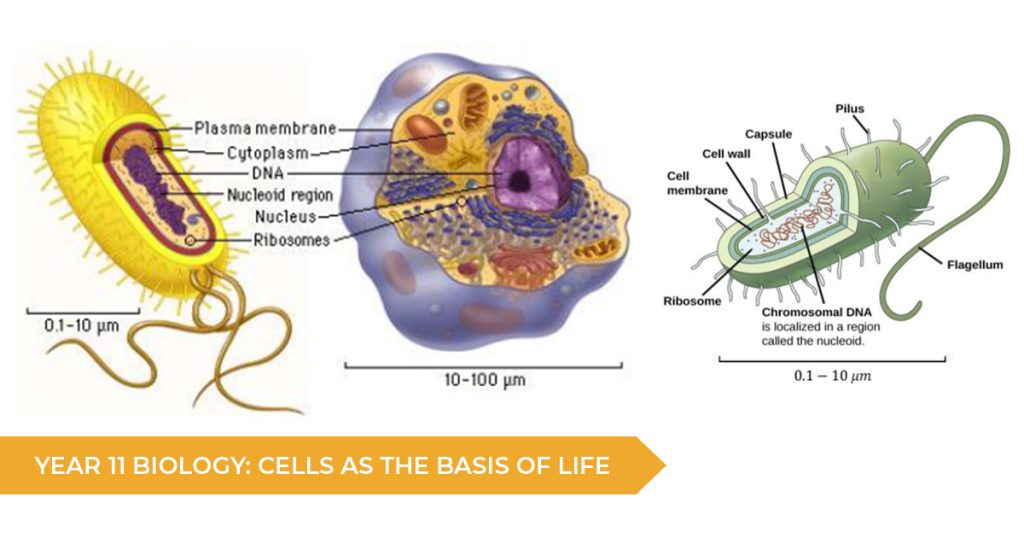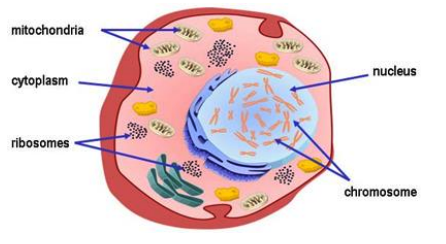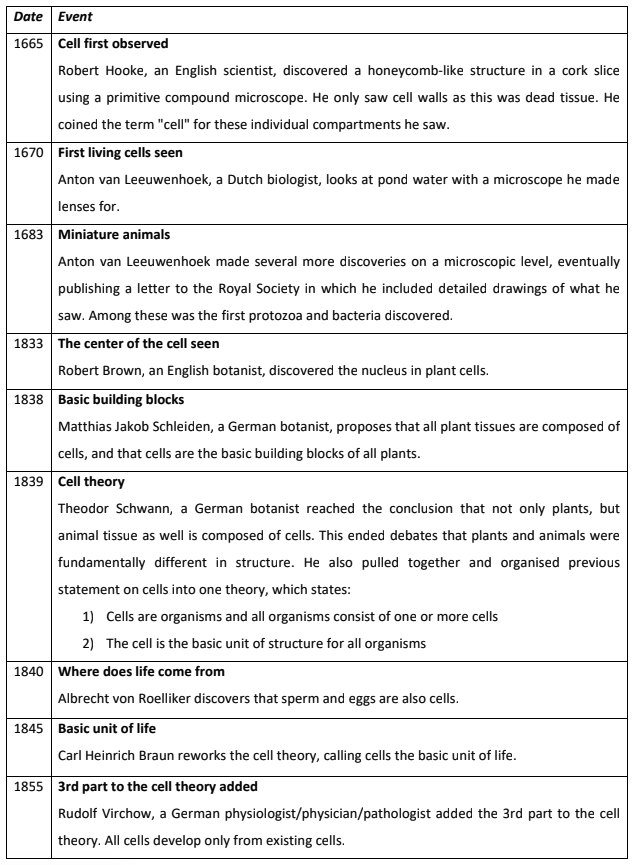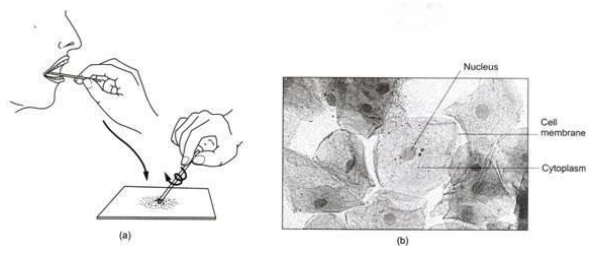A deep dive into Module 1: Preliminary Biology
What distinguishes one cell from another? We take a look into different cellular structures that students will encounter in Year 11 Biology.
What is a cell?
The basis of our knowledge in biology and all life comes from our understanding of cells and how they work. Before we can investigate cellular structures, or identify different kinds of cells (eukaryotic or prokaryotic), we need to know what they are. More basically, what are cells?
Three scientists – Theodor Schwann, Matthias Jakob Schleiden and Rudolf Virchow developed the ‘Cell Theory’ in 1839. Below is a detailed table giving you an overview on how the cell theory was developed over time. You will not need to know the history in detail; this is only provided for your further understanding.
The aim of Cell Theory is to provide the parameters defining what a cell is, and contains 3 main statements or ‘tenets’. In the scope of this syllabus, you will only need to know 3 statements that comprise the Cell Theory, not including the history of its development. Simple!
Cell Theory states the following:
1. Cells are the smallest unit of life.
2. All living things are made up of cells.
3. All cells come from pre-existing cells through cell division.
RELATED: The Ultimate Guide to High School Biology (Modules 1 – 8)
Cells are the basic building blocks of all living things. The human body is composed of trillions of cells. They provide structure for the body, take in nutrients from food, convert those nutrients into energy, and carry out specialised functions. Cells also contain the body’s hereditary material and can make copies of themselves.
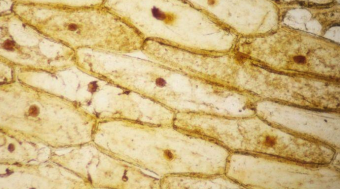
Onion cells – stained with iodine. Take special note of the nuclei (darkly stained spot in the middle of each cell), as well as the cell membranes which surround each cell.
Examples of cells include onion cells (a plant source), skin cells and cheek cells (a human source). Below are pictures of these cells which you would see under a light microscope. Observe the shape, structure and common features you can see in these cells.
What are prokaryotic and eukaryotic cells?
Prokaryotes are unicellular organisms that lack organelles or other internal membrane-bound structures. Therefore, they do not have a nucleus, but instead have a single chromosome – a piece of circular, double-stranded DNA located in an area of the cell called the nucleoid. Examples of prokaryotes include bacteria and archaea.
Like a prokaryotic cell, a eukaryotic cells has a plasma membrane, cyctoplasm and ribosomes. However, unlike prokaryotic cells, eukaryotic cells have a membrane-bound nucleus and numerous membrane-bound organelles (including the endoplasmic reticulum, Golgi apparatus, chloroplasts, and mitochondria). Examples of eukaryotes include plant and animal cells.
While there exists multiple cell organelles, only the following key structures will be studied in the syllabus:
Need some extra help navigating Preliminary Biology? We’ve got you covered at Talent 100
Our Sydney learning centres are open all week (Burwood, Chatswood, Epping, Hurstville & Sydney CBD), so you can master the foundations of Year 11 Biology.
We also have online classes available for students in NSW – so you won’t miss out on any valuable Biology time this year! Take advantage of our 1-1 classes where you can get your past papers marked, ask questions about homework, or just speak to one of our Biology Mentors.
Click here to find out more about our Preliminary Biology tuition courses.



